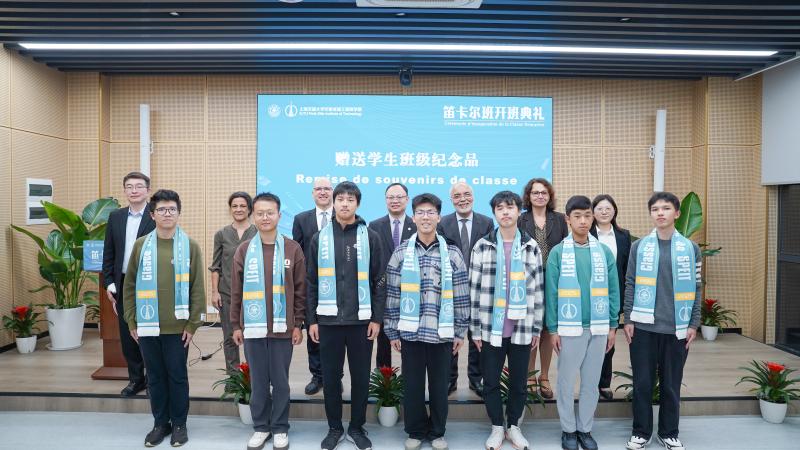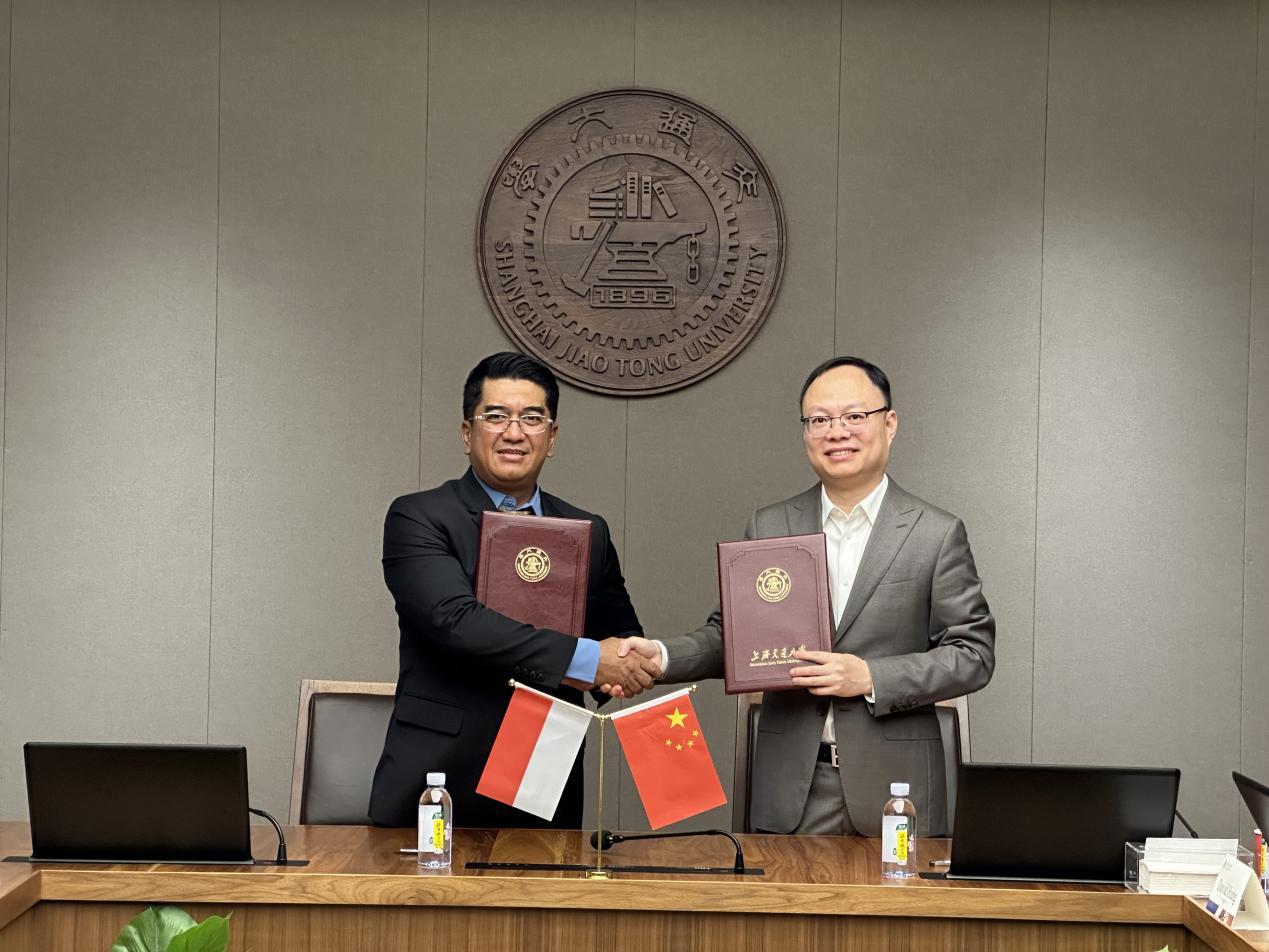In the depths of the vast desert,
the sound of camel bells echoes.
Accompanied by the rhythms of the Hu Xuan Dance and the Flying Apsaras,
the thousand-year-old mystery of Dunhuang
unveils itself slowly.
Recently,
a uniquely curated Digital Music Week
opened at Shanghai Jiao Tong University.
Digital music experts, scholars, industry practitioners,
and creators from around the world gathered on campus
to appreciate how digital algorithms and audio engineering
empower culture and creativity—
performing a new symphony of traditional culture!
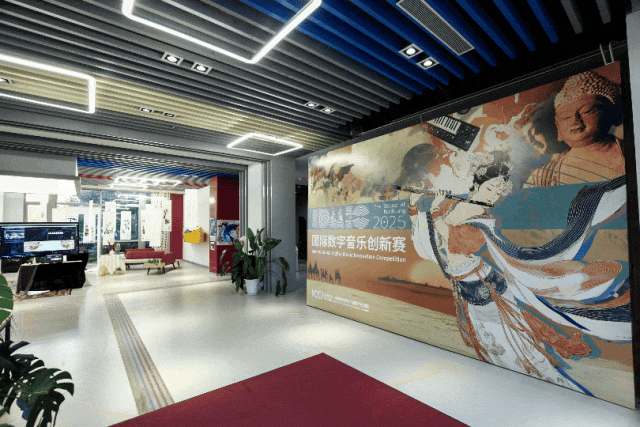
In 2025, the USC–SJTU Institute of Cultural and Creative Industry joined digital music institutions from Belgium, the Netherlands, Korea, and other countries to launch the IDMIC International Digital Music Innovation Competition (hereinafter the “Competition”).
With the theme “Sound of Dunhuang,” the event invited digital music creators worldwide to submit works that deeply integrate technology, art, and culture.
The competition explores innovative approaches to interpreting Chinese traditional culture through digital technology, while building a new education system that unites industry, academia, and research to cultivate versatile digital music talents.

In late October, the Exhibition of Award Ceremony of the Competition kicked off brilliantly at the School of Cultural and Creative Industries. Domestic and foreign judges, contestants and digital music enthusiasts gathered here, impressively experiencing the profound changes brought by technological development to the field of cultural creativity.
The exhibition, closely integrated with the Institute’s New Liberal Arts laboratories, led guests to pause in the Intelligent Music and Film Sound Lab to listen to digital-tech-woven melodies of the Silk Road; to linger before art installations inspired by the Mogao Grottoes’ caisson ceilings; and to interact “face-to-face” with cutting-edge digital technologies.
While enjoying creative music experiences, visitors could also genuinely feel the deep impact of technology on cultural creativity, sensing the vitality and innovation brought by the fusion of culture and technology.
Award-winning work: Echoes of the Singing Sands
(Author: Zhang Xinyue)
Award-winning work: Silk Road
(Authors: Liu Kai & Chen Junsong)
Recently, the Award Ceremony of the Competition was grandly held at the Institute.
Chaoyang Yu, Member of SJTU’s Standing Committee and Minister of the Publicity Department, attended and delivered remarks.
Judges and industry representatives from multiple countries gathered as a series of outstanding works—blending creativity, art, and technology—were unveiled one by one amid warm applause and enthusiastic atmosphere.
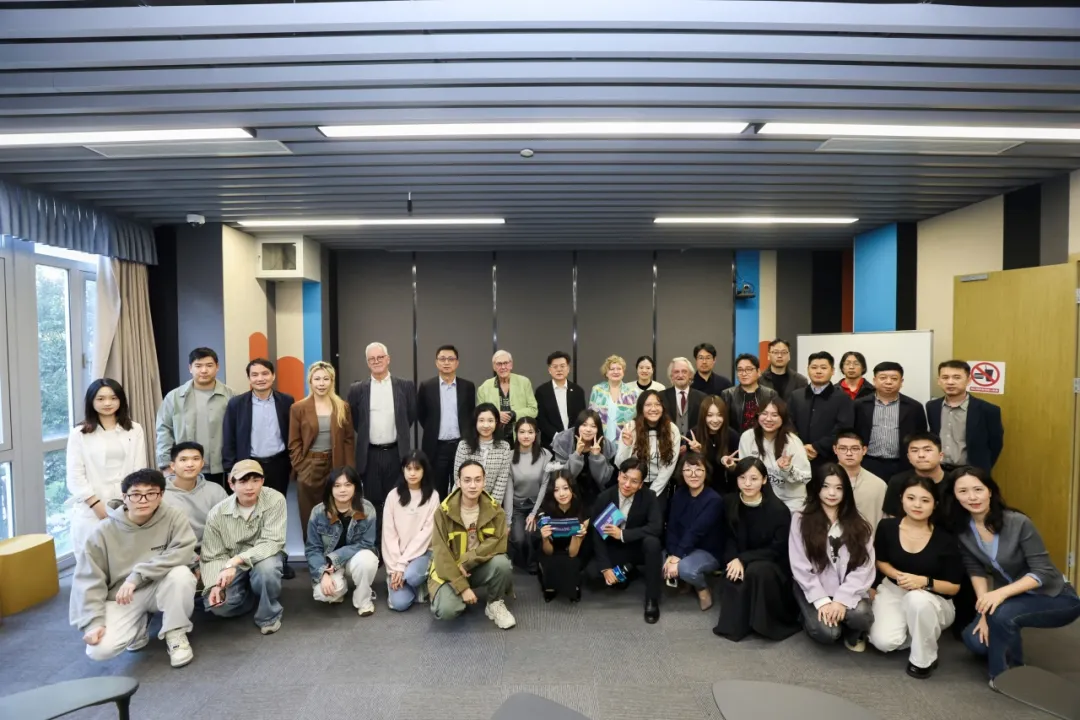

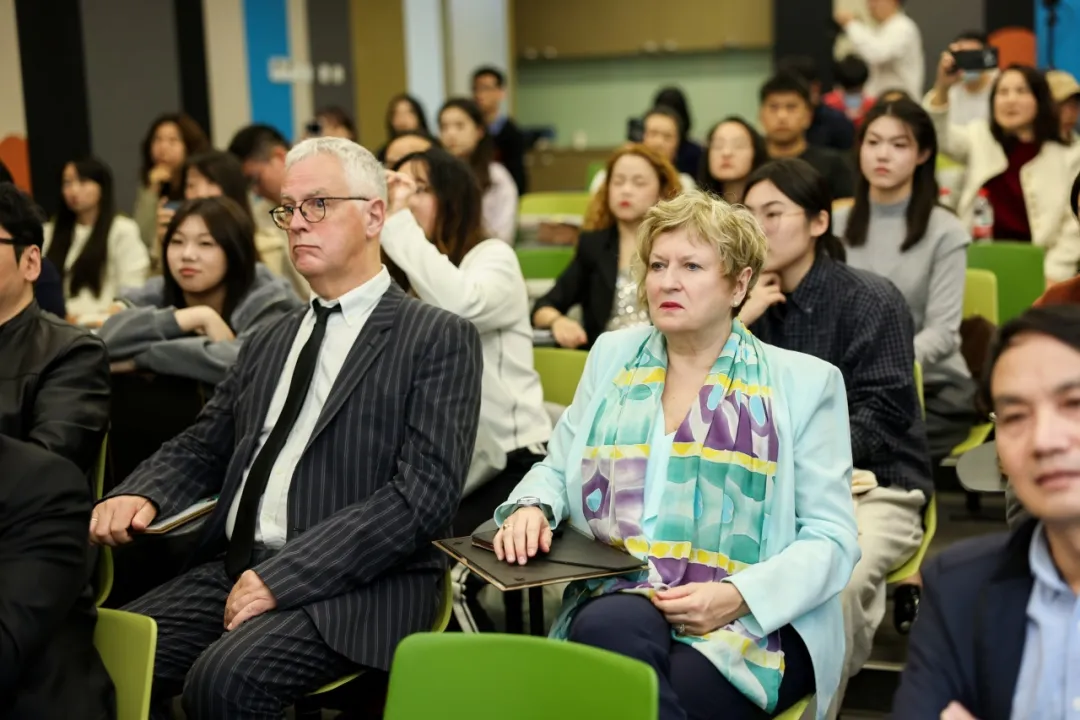

Since its establishment in 2015, the USC–SJTU Institute of Cultural and Creative Industry has upheld an educational philosophy of “internationalization, interdisciplinarity, and industry orientation,” continuously exploring creative systems for talent development.
As a core component of the Institute’s digital cultural creativity curriculum, digital music not only plays a key role in forward-looking academic planning, but also demonstrates unique value in fostering cross-industry collaboration and cultivating interdisciplinary talent.
Student Work from the Institute: Dynamic Caisson
(Authors: Wang Shan & Qian Xihan)
In this year’s competition, the student work Dynamic Caisson incorporates the visual rhythms of traditional caisson ceilings and Eastern philosophical thinking into modern electronic music and interactive art.
By exploring the harmonious resonance between “stillness and motion” and “form and sound,” the piece won the Excellence Award in Category C (Music Technology & New Media Art – Art Installation Group).
The work showcases the Institute’s solid achievements in integrating “technology + art” in education and reflects students’ innovative efforts in using technology to reinterpret traditional culture.
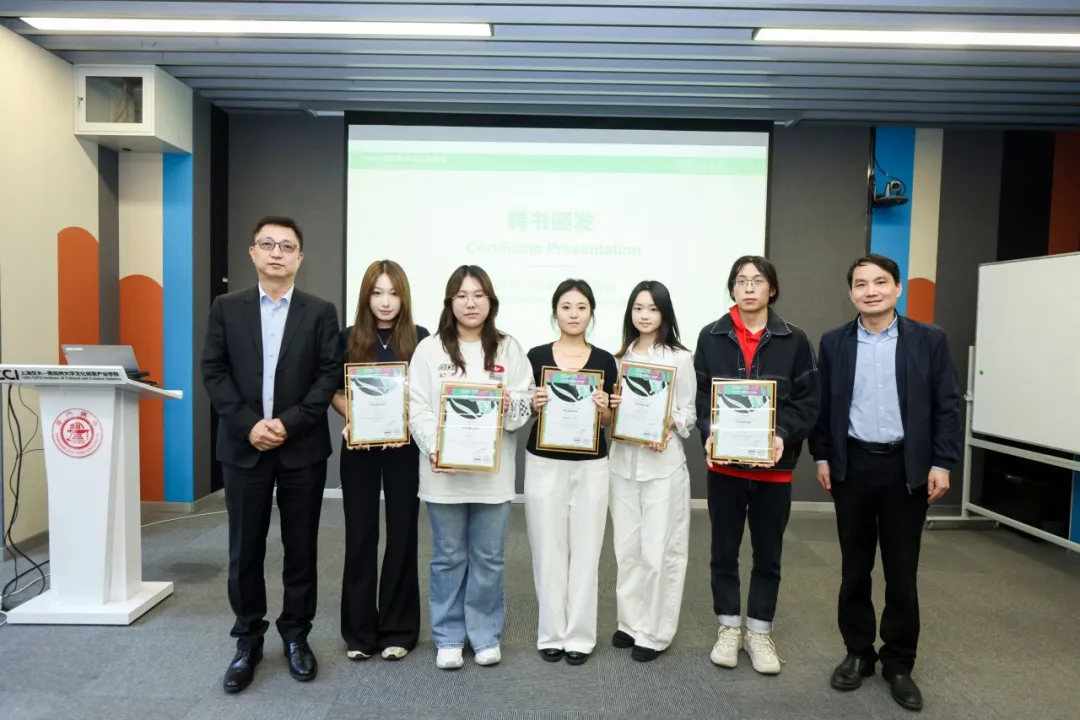
Beyond professional skill training, the Institute also values comprehensive student development.
This year’s competition planning and execution were undertaken by the student committee. Graduate students participated throughout the entire process—from event preparation and work collection to jury coordination and operational planning.
They collaborated closely with international judges, gaining hands-on experience in how global competitions operate, broadening their international perspectives, and strengthening their organizational and communication skills—growing into versatile digital-music management talents.
Upholding its mission of “Focusing on Frontiers, Empowering Creativity,”
the USC–SJTU Institute of Cultural and Creative Industry will continue
to efficiently connect global academic and industry resources,
providing an international and diverse open platform
for digital music creators and practitioners,
and advancing innovation in digital-cultural-creativity education.
Source: USC–SJTU Institute of Cultural and Creative Industry
IDMIC Competition Committee
Photography: Liu Zhen, Wu Yufei, Qian Yiwen
Editing: Liu Qingyan, Gu Di
Script: Wang Xuwen
Layout: Lu Ziyue, Xue Yi
Editor: Chen Yuyang
Chief Editor: Jin Xue
Translated by: Rebecca
Proof read: Rui Su

